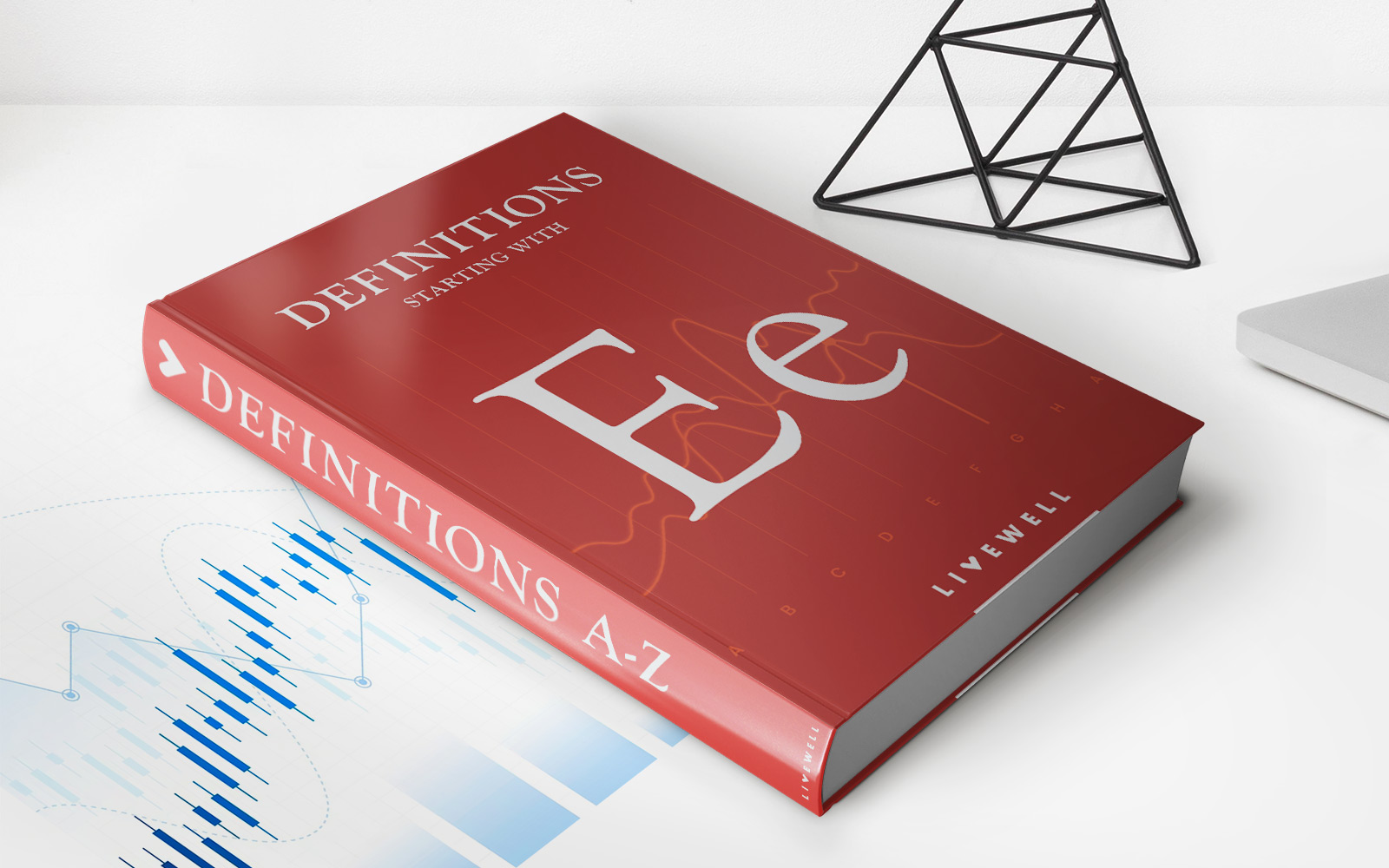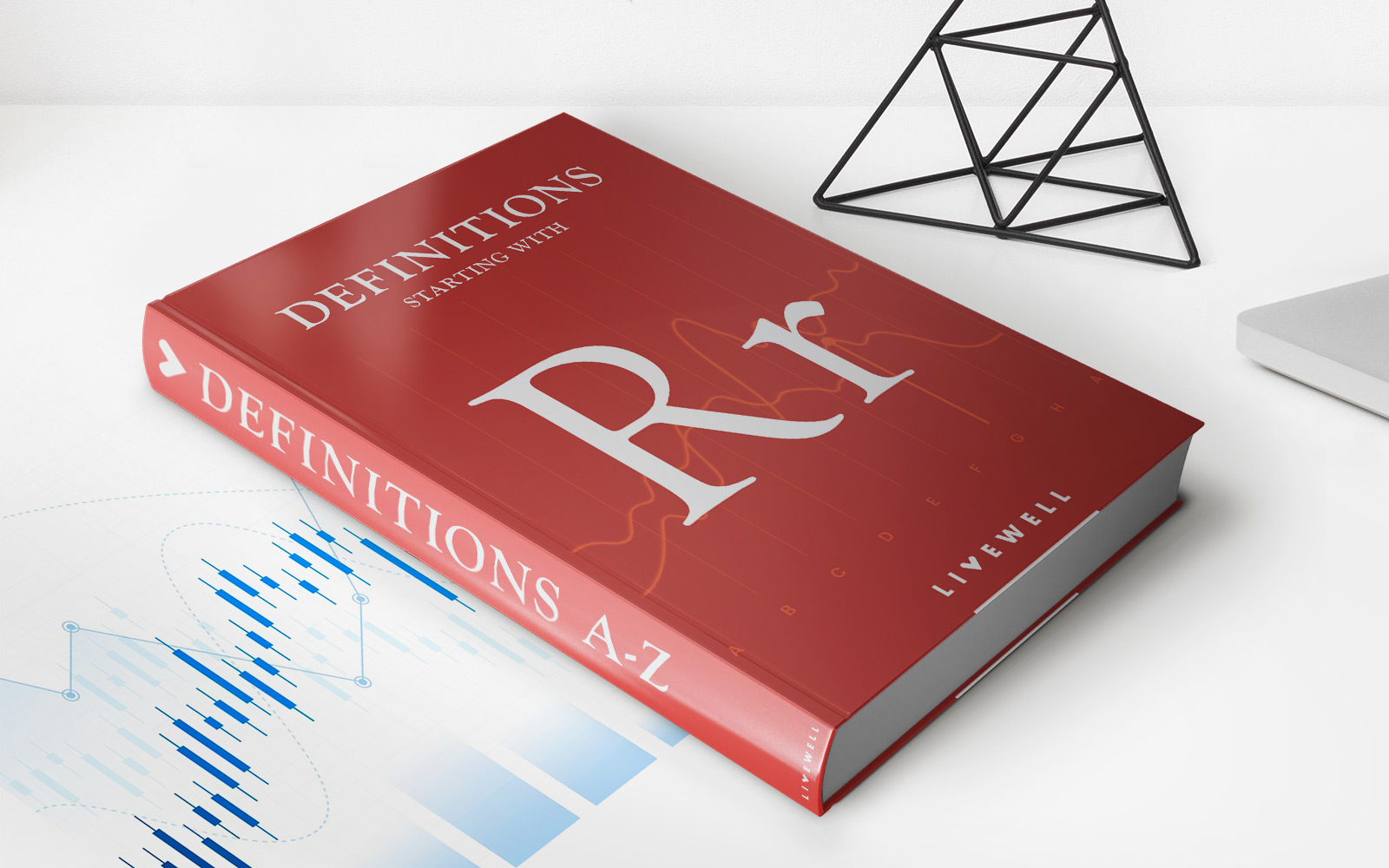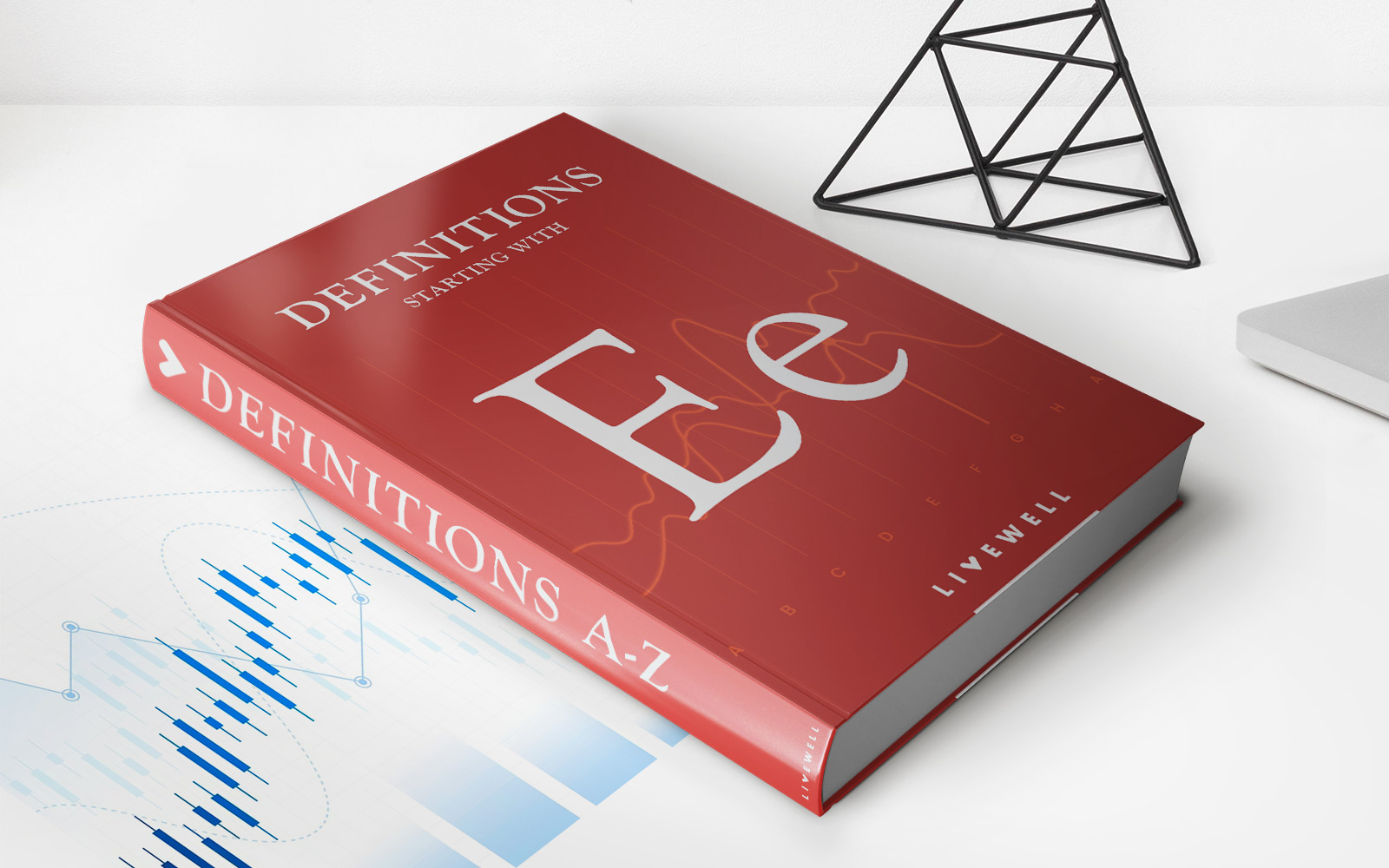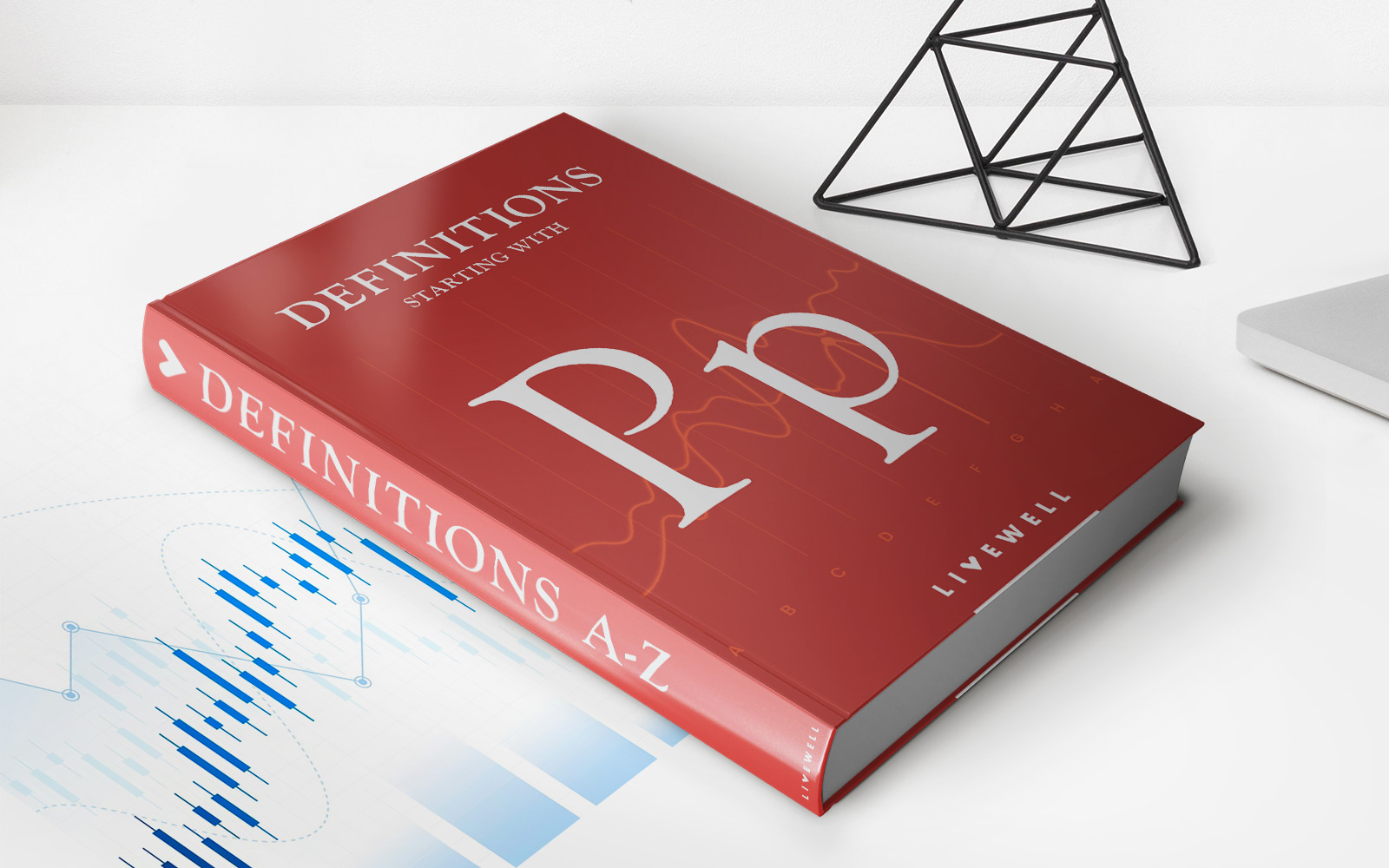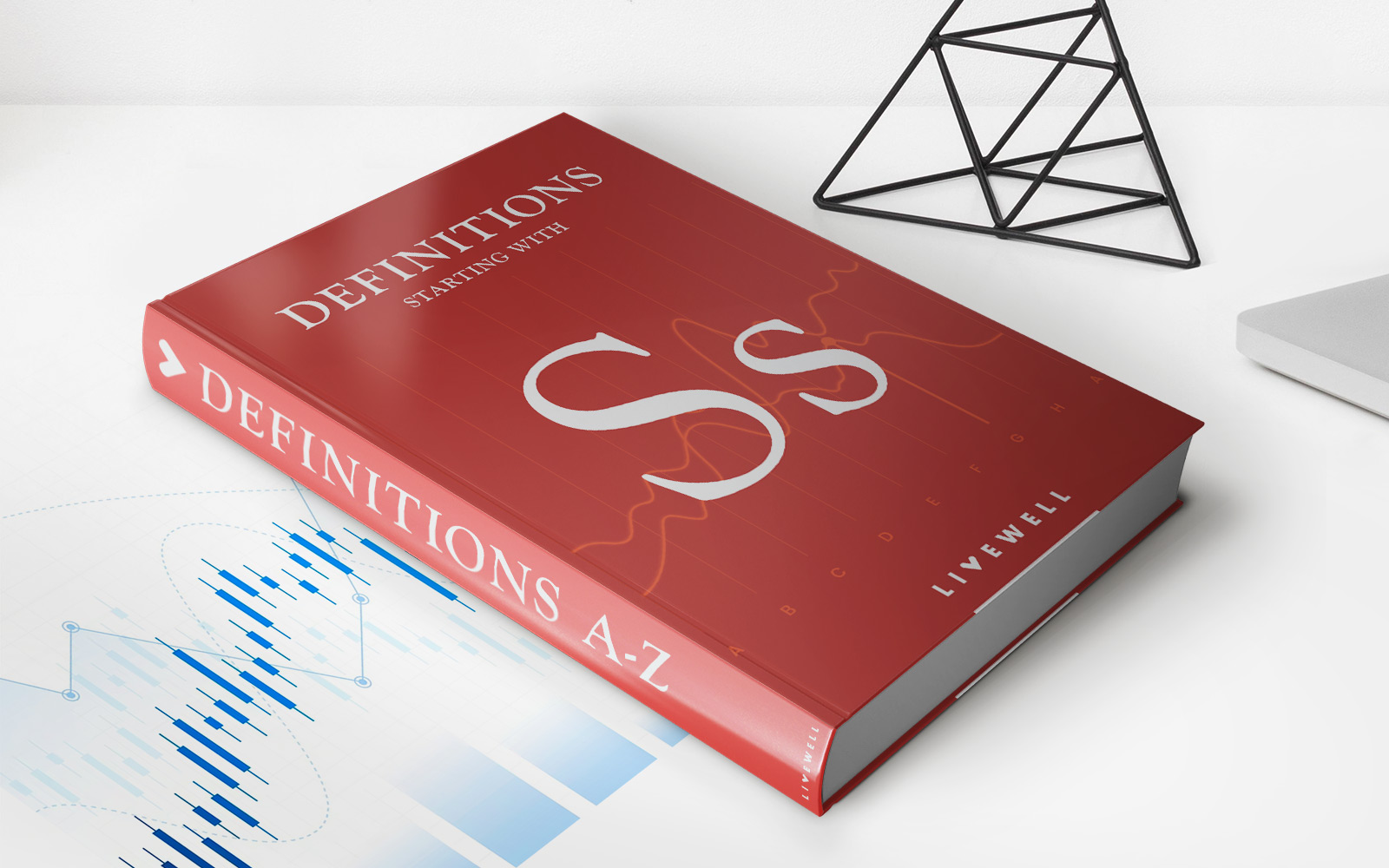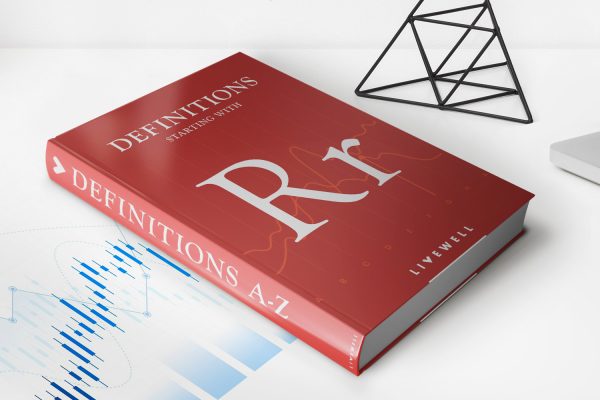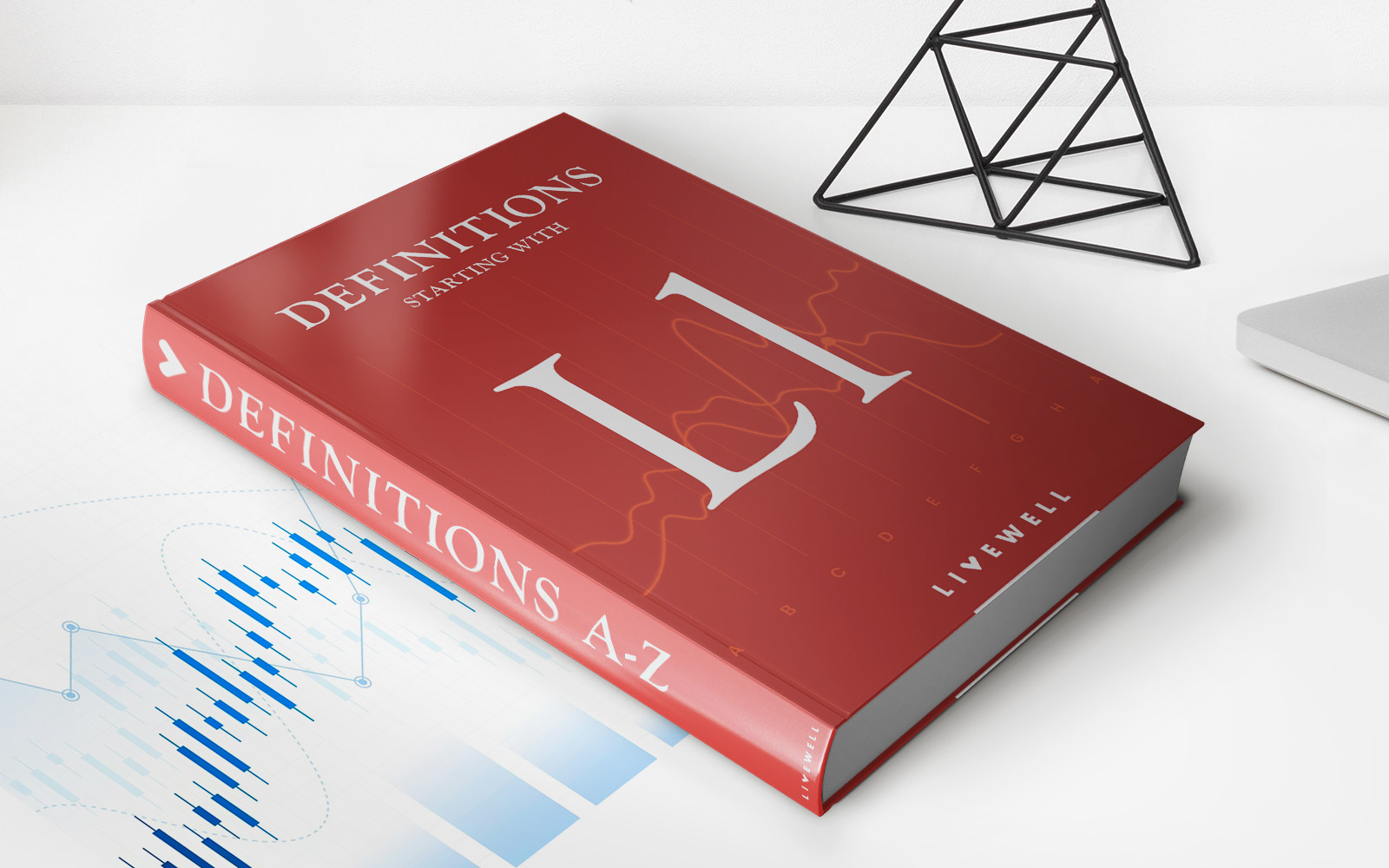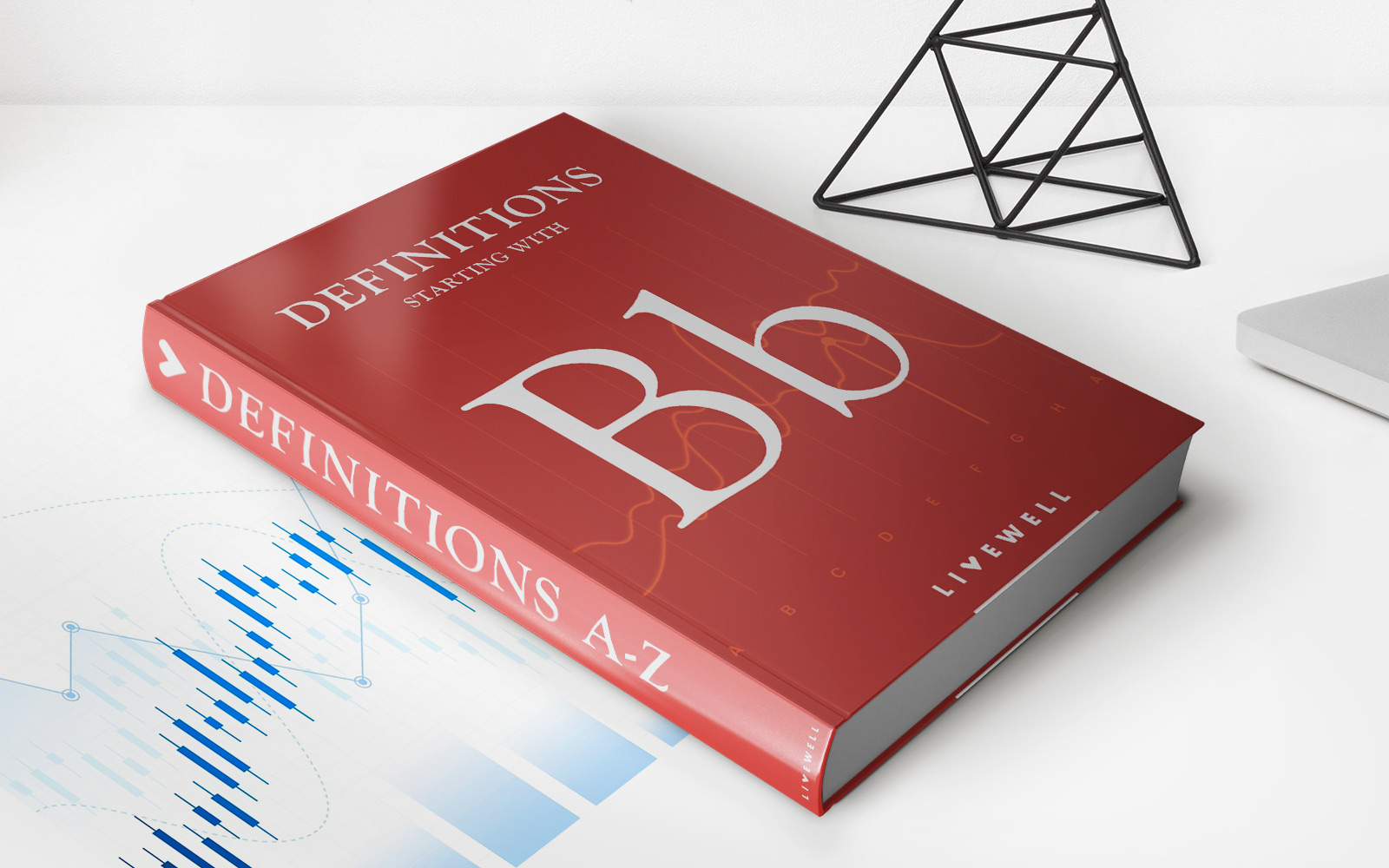Home>Finance>Multiple Linear Regression (MLR) Definition, Formula, And Example
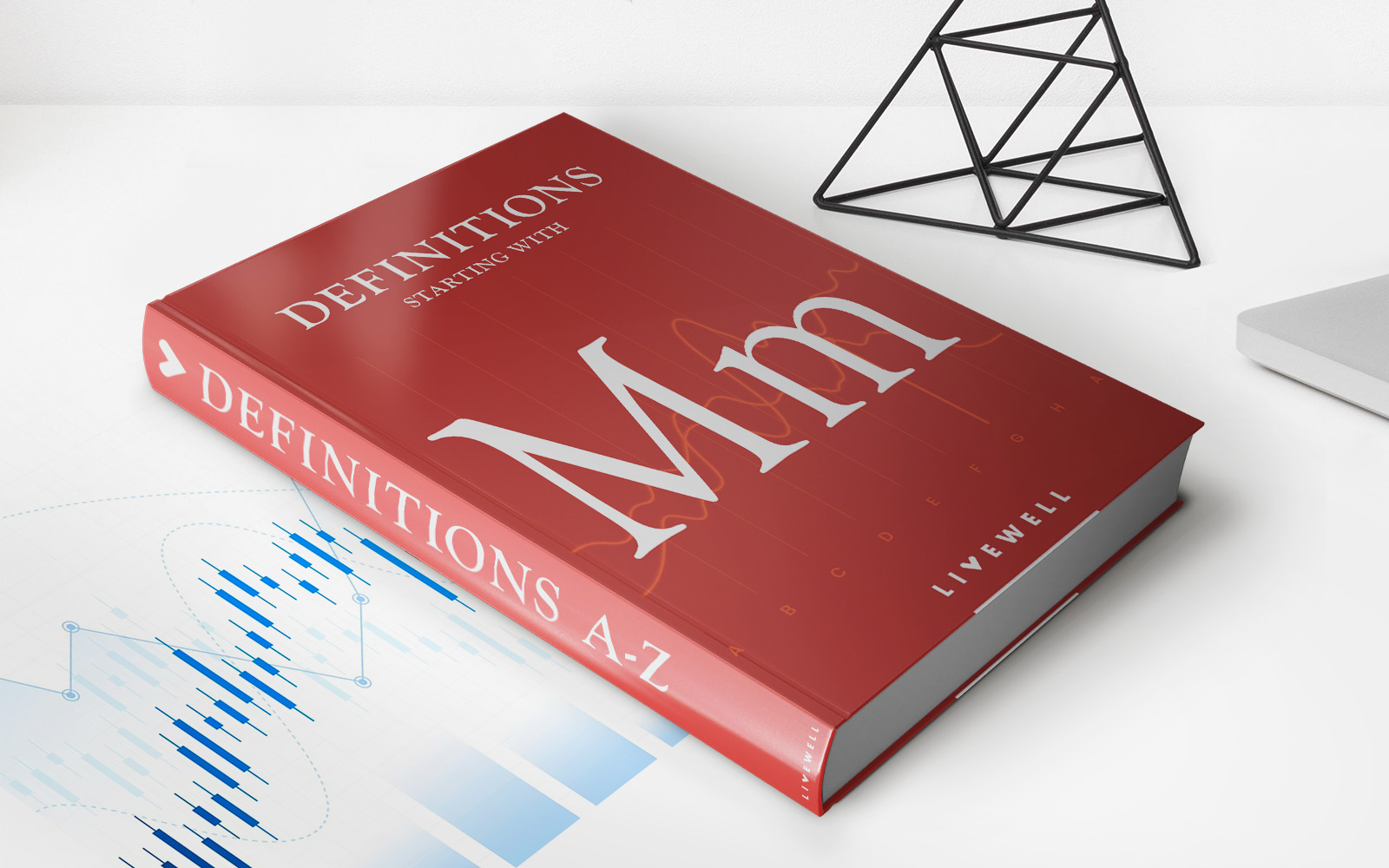

Finance
Multiple Linear Regression (MLR) Definition, Formula, And Example
Published: December 27, 2023
Learn the definition, formula, and get a practical example of Multiple Linear Regression (MLR) in finance. Discover how MLR can be utilized to analyze financial data.
(Many of the links in this article redirect to a specific reviewed product. Your purchase of these products through affiliate links helps to generate commission for LiveWell, at no extra cost. Learn more)
Understanding Multiple Linear Regression (MLR): Definition, Formula, and Example
Welcome to our Finance blog category! Here, we dive deep into various financial topics to help you gain a better understanding of the world of finance and make informed decisions. In this blog post, we will be discussing Multiple Linear Regression (MLR) – a statistical technique widely used in finance and economics to analyze the relationships between multiple factors and a dependent variable.
Key Takeaways:
- Multiple Linear Regression (MLR) is a statistical technique used to estimate the relationship between a dependent variable and two or more independent variables.
- It helps in predicting the value of the dependent variable based on the values of the independent variables by finding the best-fit line that minimizes the sum of squared errors.
Now, let’s dive into the details of Multiple Linear Regression.
What is Multiple Linear Regression?
In finance, Multiple Linear Regression is a widely adopted technique that helps organizations make informed decisions by analyzing the impact of multiple independent variables on a dependent variable. It allows us to understand how changes in one or more factors affect the outcome.
In simpler terms, if you want to predict the value of a particular financial variable, MLR helps you identify the relationship between that variable and several other factors. For example, if you want to forecast the sales of a product, you can use MLR to analyze its dependency on factors like advertising expenditure, market size, and previous sales data.
The Formula for Multiple Linear Regression:
The formula for Multiple Linear Regression can be presented as:
Y = b0 + b1*X1 + b2*X2 + b3*X3 + … + bn*Xn
- Y: Dependent variable (variable to be predicted)
- b0: Y-intercept or the value of Y when all independent variables are zero.
- b1, b2, b3, …, bn: Regression coefficients associated with each independent variable.
- X1, X2, X3, …, Xn: Independent variables (factors)
The coefficients (b0, b1, b2,…, bn) are determined by the MLR algorithm, which finds the best-fit line that minimizes the sum of squared errors. This line represents the relationship between the dependent variable and independent variables in the dataset.
An Example of Multiple Linear Regression:
Let’s consider an example to understand MLR better. Suppose you run a retail store and want to predict the total sales based on factors like advertising spend and store location. You collect data from 100 different stores and record the weekly sales, advertising expenditure, and store location for each store.
By using MLR, you can estimate the sales (dependent variable) based on the advertising expenditure and store location (independent variables). The MLR algorithm will calculate the best-fit line and provide the regression coefficients (b0, b1, and b2).
With this information, you can then use the formula:
Sales = b0 + b1 * Advertising Spend + b2 * Store Location
This equation will allow you to predict the expected sales based on different values of advertising spend and store location. By analyzing the coefficients, you can also understand the influence of each independent variable on the sales.
Wrapping Up
Multiple Linear Regression (MLR) is a powerful statistical technique widely used in finance and economics to analyze the relationships between multiple factors and a dependent variable. By understanding the formula and example provided in this blog post, you now have a foundation to apply MLR in your financial analysis.
Remember, MLR helps in predicting the dependent variable by analyzing the influence of multiple independent variables. It allows financial analysts and organizations to make informed decisions by understanding the complex relationships within financial datasets.
We hope this blog post has provided you with a valuable insight into Multiple Linear Regression and its applications in finance. Keep exploring our Finance category for more informative posts like this in the future!
